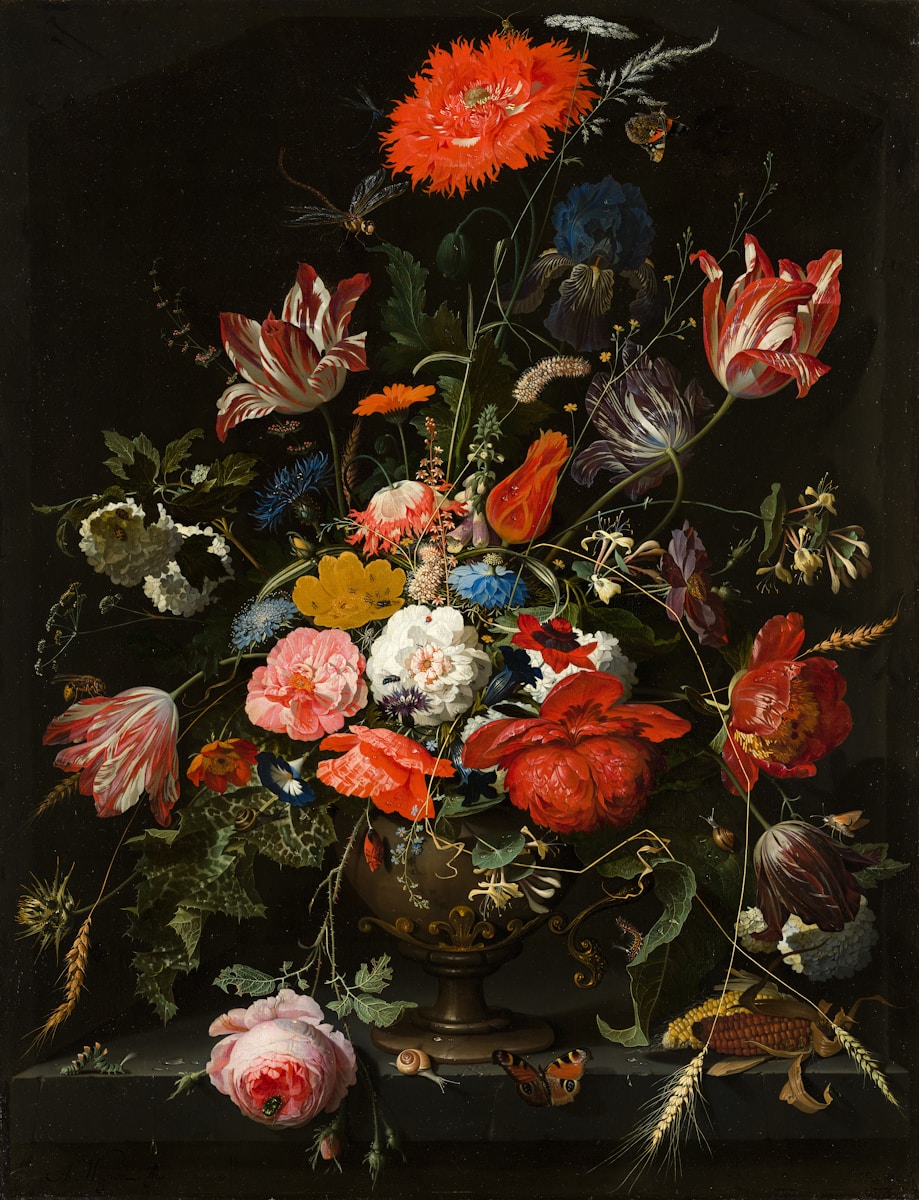Art auctions have long been a significant part of the art world, offering a platform for artists, collectors, and investors alike to exchange rare and valuable works. These events, often held in prestigious auction houses like Christie’s, Sotheby’s, and Phillips, create a unique blend of commerce and culture, drawing in individuals with a deep appreciation for art as well as those interested in its financial potential. An art auction is more than just a marketplace; it represents a meeting point between historical significance, aesthetic value, and economic opportunity.
The History and Evolution of Art Auctions
The tradition of art auctions can be traced back to ancient Rome, but it wasn’t until the 18th century that auction houses, as we know them today, began to emerge. Initially, auctions were reserved for rare antiques, estates, and curiosities. However, by the 19th century, the practice began to shift toward the sale of fine art. Auction houses like Sotheby’s, founded in 1744, became key players in the commercialization of art, and as the market for art grew, so did the complexity of auctions.
In the modern era, the art auction market has evolved significantly. What was once a niche activity for the wealthy has become a global industry, accessible to anyone with the financial means to participate. The rise of online bidding platforms, like Paddle8 and Artsy, has further expanded access to art auctions, allowing bidders from all corners of the world to participate in real-time auctions.
The Role of Auction Houses
Auction houses are central to the art auction process. They not only serve as the venues for the sales but also act as curators and experts in the field. The role of auction houses has expanded beyond just selling pieces of art—they are instrumental in shaping the art market itself. Auction houses decide which works will be included in their sales and provide evaluations, condition reports, and historical context for each piece. Their experts work closely with consignors (those who wish to sell their artwork) to ensure that the items are presented in the best possible light.
In many ways, an auction house’s reputation for expertise and trustworthiness is integral to the success of an auction. When a world-renowned auction house offers a piece for sale, it can significantly influence its market value. For instance, famous auctions like the sale of Leonardo da Vinci’s Salvator Mundi for $450 million in 2017 serve to demonstrate the immense value that art can achieve when placed in the right hands.
The Auction Process
The auction itself is a carefully orchestrated event. Bidders—whether in person, on the phone, or online—compete for artworks through a series of raised paddles, bids, or digital buttons. The excitement of an auction is palpable, with the auctioneer setting the pace and creating a sense of urgency as the bids climb higher. The auctioneer’s skill is crucial, as they work to maintain momentum and encourage competition, often pushing bidders to reach the highest possible price.
The process typically starts with a preview of the items being sold, where potential buyers can inspect and appraise the works in person. The auctioneer will then introduce each piece, often providing insight into its provenance, artist, and market value before beginning the bidding. As the bids increase, the atmosphere in the room can become tense, with moments of silence as buyers deliberate on their offers. The auction culminates when the auctioneer announces “sold,” finalizing the transaction.
Art Auctions and the Art Market
Art auctions play a significant role in establishing the financial value of works of art. The sale price achieved at an auction is often used as a benchmark for the value of similar pieces on the market. This can lead to a phenomenon known as the “auction price effect,” where a particular work’s sale price influences the value of other works by the same artist or within the same genre.
While art auctions are an important tool for determining market value, they are not without controversy. Critics argue that the commodification of art through auctions has led to the prioritization of financial gain over artistic integrity. The escalating prices of certain works, often driven by speculation and investment, can distort the true meaning and cultural significance of art. Moreover, the concentration of wealth in the hands of a few major collectors and investors has raised questions about the accessibility of art to the broader public.
Despite these concerns, art auctions continue to serve as a dynamic intersection of commerce, culture, and investment. The high-profile sales of iconic works—from classic masterpieces to contemporary art—attract attention from around the world, driving global conversations about art’s value, its future, and its place within society.
Art auctions are an integral part of the art world, shaping both the market for art and the cultural landscape in which it exists. They serve as platforms where artworks are not only bought and sold but where history, creativity, and investment meet. While art auctions have evolved over centuries, they remain a vibrant force in the ongoing conversation about the value of art in society. Whether viewed as a business transaction or a celebration of artistic achievement, the auction remains a compelling aspect of the art world that continues to captivate and intrigue audiences across the globe.
